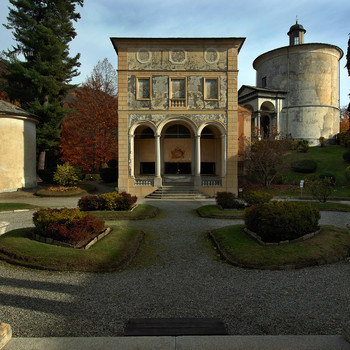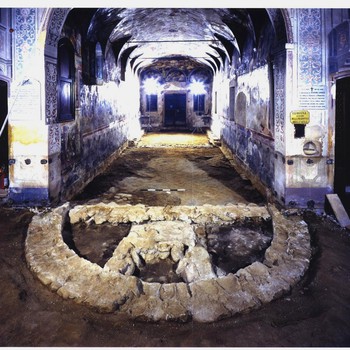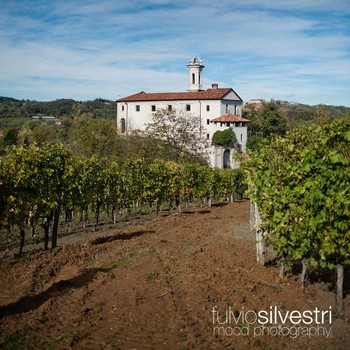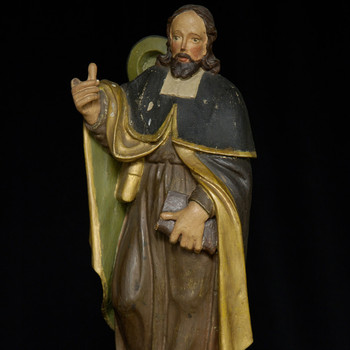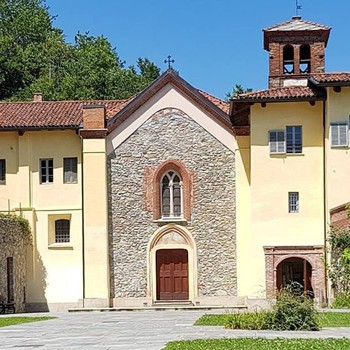Sacro Monte di Varallo
Diocesi di Novara ( sec. XVI; XVII )
Il grandioso complesso monumentale del Sacro Monte di Varallo è situato in Valsesia e fu fondato su un terrazzamento naturale del Monte Tre Croci per volontà del frate Bernardino Caimi
Santuario della Madonna dei Boschi
Diocesi di Cuneo ( sec. XII; XV; XVI )
Un sito di antica devozione racchiude al suo interno preziosi cicli di affreschi databili dal XV al XVI secolo, tra cui un Giudizio Universale.
Santuario della Madonna del Tavoletto
Diocesi di Alba ( sec. XVII; XVIII; XX )
Diocesi di Alba, Sommariva Perno, Madonna del Tavoletto, XVII-XVIII-XX secolo, santuario
Santuario di San Chiaffredo
Diocesi di Saluzzo ( sec. XIV )
Le origini della devozione saluzzese per san Chiaffredo, martire della Legione Tebea, risalirebbero al 18 novembre dell’anno 522, con il ritrovamento, da parte di un contadino, della sua tomba, proprio nel luogo in cui oggi sorge il celebre Santuario.
Diocesan Museum System
Diocesi di Susa
Diocesan Museum System. Constituted by the network of ecclesiastic museums coordinated by the Diocesan Museum of Sacred Art of Susa, which collect together and display the religious artistic heritage of the Susa Valley.
ex Convento di San Francesco (Certosa 1515)
Diocesi di Susa ( sec. XVI )
Nella chiesa conventuale dell'ex Convento di San Francesco (oggi Certosa 1515) si conservano tracce dell’originaria decorazione ad affresco cinquecentesca.
Renaissance
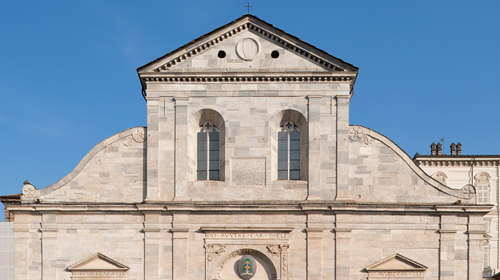
The subalpine Renaissance was a tardy development in the 1500s, which faded out in the century that followed, when Late Mannerist forms were still present in the art of the Castellamontes and their Lugano associates. The Piedmontese were fond of the Gothic style, decorative sculpture and the brilliant painting of Jaquerio. The Staffarda choir (most of which is now in Turin’s Municipal Museum) reveals the shift from sublime Late-Gothic carving to the first precarious attempts at perspective. The extraordinary exception is Turin Cathedral, an opus imported from Tuscany thanks to a Settignano master, which features the typical double-order aedicule façade with side volutes also found in Rome’s Sant’Agostino and Santa Maria del Popolo. The same can be said of Santa Croce in Boscomarengo, while Saluzzo, Saliceto and Revello are more closely bound to the local area, where the atypical Leonardesque Hans Clemer worked. The Flemish artist was greater even than Gandolfino di Roreto and comparable to Macrino d’Alba, the most central Italian in style of his Piedmontese colleagues.



